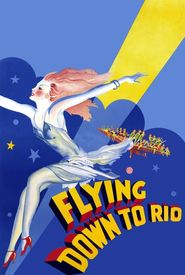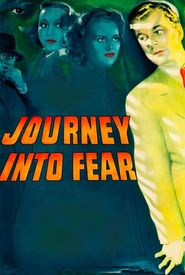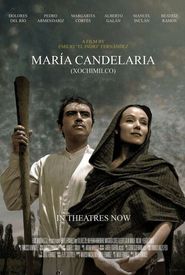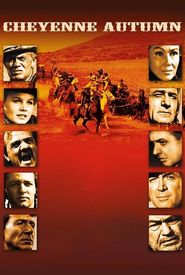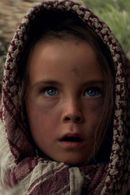Dolores del Río, a Mexican movie star of international renown, had a meteoric career in Hollywood's 1920s and 1930s. Born into an aristocratic family in Durango, Mexico, her life took a dramatic turn when her family lost everything during the 1916 Mexican Revolution, forcing them to emigrate to Mexico City.
As a socialite in Mexico City, Dolores del Río met her future husband, Jaime Del Río, a wealthy Mexican, and the couple became friends with Hollywood producer and director Edwin Carewe. Carewe discovered Del Río and invited the couple to move to Hollywood, where they launched their careers in the film industry, with Del Río becoming an actress and Jaime a screenwriter.
After a divorce from Jaime, Del Río continued her acting career, starring in films such as Joanna (1925),High Steppers (1926),and Pals First (1926). Her breakthrough role came in 1928 with Carewe's Ramona, which catapulted her to stardom and earned her the nickname "the female Rudolph Valentino."
As the advent of sound revolutionized the film industry, Del Río's career continued to soar with hits like Bird of Paradise (1932) and Flying Down to Rio (1933). In 1939, she married Cedric Gibbons, a renowned art director and production designer at MGM studios.
However, Del Río's Hollywood career came to an end in 1942, when she returned to Mexico and began a romance with Orson Welles, which led to her second divorce. She then collaborated with Mexican director Emilio Fernández on the film Wild Flower (1943),marking her debut in Spanish-language cinema at the age of 37.
This unexpected move proved to be a turning point in her career, as she became the most famous movie star in Mexico, starring in films such as Maria Candelaria (1944),Las abandonadas (1945),and Bugambilia (1945). Her association with Fernández's team, including cinematographer Gabriel Figueroa, writer Mauricio Magdaleno, and actor Pedro Armendáriz, was instrumental in creating what is known as the Golden Era of Mexican Cinema.
Del Río's later years were marked by a successful career in film, theater, and television, as well as her work with orphaned children. Her final film was The Children of Sanchez (1978),and she received accolades for her contributions to the entertainment industry.

